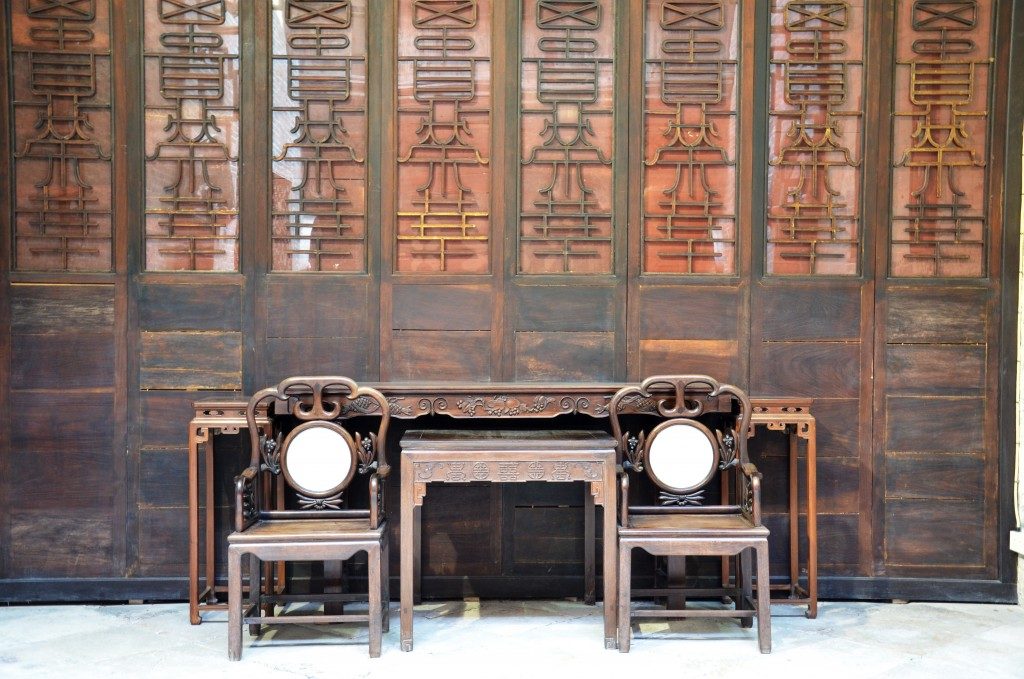Let’s face it: there are interior design principles that you love to steal from other countries. The problem is that you don’t know how to begin. Save yourself from the trouble of guessing as an infographic is here to help you. Made by Vibrant Doors, it shows you what you need to create a home inspired by other nations.
1. Earthy Vibes
At least three countries are famous for using earthy colors and designs for both their interiors and exteriors. These are Morocco, Italy, and India. In other words, these countries prefer a smooth transition between the indoors and outdoors. The home is more likely to blend in with the natural surroundings.
Note, though, that uniqueness remains a strength for each. Italians are known for their opulence, so incorporating great decors, such as giant paintings or a single massive sculpture in the living area, can already help. For a real Moroccan feel, consider low-level furniture or ditch the sofa for plushy but large cushions. You can also invest in Zellige mosaic tiles, which feature intricate geometric chiseled patterns. When you want more of India, play with contrast. A good example is bold colors for the walls but neutral ones for the furnishing.
If you want the simplest of all, hire residential concrete contractors in Kansas City. Besides wood, concrete is one of the materials that can create a raw feel and look into any space. It can also provide an excellent transition between two of your primary areas: indoors and outdoors.
2. Airy Feel
 How do you expand your home without adding more rooms or floor space? The answer is easy: make it airy. If you want some hints on how to do it, think about France and Sweden.
How do you expand your home without adding more rooms or floor space? The answer is easy: make it airy. If you want some hints on how to do it, think about France and Sweden.
Many homes today follow the Scandinavian way of interior decorating because it encourages space. One, white on white is a common theme to give the illusion of a bigger floor area. It also uses light wood to provide a nice contrast to the whiteness without overpowering it.
When it comes to furniture, Scandinavians believe in less is more, so they buy beautiful but multifunctional items. The French, meanwhile, tend to build a more “graceful” home. Consider it a cross between Swedish and Italian design.
The walls are usually in light or neutral colors such as off-white or baby pink shades. They also try to preserve the original interior design as much as possible. They avoid matching patterns or furniture colors with those of the walls and ceilings. But they can also introduce bold and patterned elements into a design. For example, they can use a colored throw against a white sofa.
When you’re ready to transform your home into something new, be inspired by these countries. You don’t need to follow all of their design principles. Instead, incorporate a thing or two that will make your home more livable. After all, what matters most is not the furniture you buy or the kinds of tiles you use. It’s about making the most of what you have.


